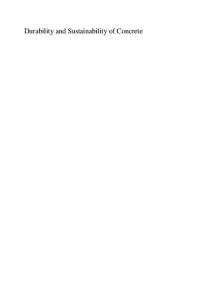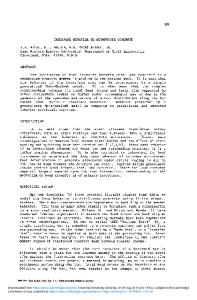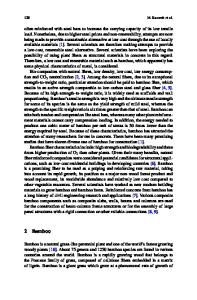Concrete Durability Cementitious Materials and Reinforced Concrete P
This book describes the newest developments in the creation of concrete using smart additives and supplementary cementitious materials as well as methods, technology and novel admixtures to monitor, evaluate and control steel corrosion in reinforced concr
- PDF / 6,174,786 Bytes
- 166 Pages / 439.43 x 683.15 pts Page_size
- 18 Downloads / 352 Views
crete Durability
Cementitious Materials and Reinforced Concrete Properties, Behavior and Corrosion Resistance
Concrete Durability
Luis Emilio Rendon Diaz Miron • Dessi A. Koleva Editors
Concrete Durability Cementitious Materials and Reinforced Concrete Properties, Behavior and Corrosion Resistance
Editors Luis Emilio Rendon Diaz Miron Universidad Internacional (UNINTER) Cuernavaca, Morelos, Mexico
Dessi A. Koleva Delft University of Technology Faculty of Civil Engineering and Geosciences Section Materials and Environment Delft, Zuid-Holland, The Netherlands
ISBN 978-3-319-55461-7 ISBN 978-3-319-55463-1 (eBook) DOI 10.1007/978-3-319-55463-1 Library of Congress Control Number: 2017937537 © Springer International Publishing AG 2017 This work is subject to copyright. All rights are reserved by the Publisher, whether the whole or part of the material is concerned, specifically the rights of translation, reprinting, reuse of illustrations, recitation, broadcasting, reproduction on microfilms or in any other physical way, and transmission or information storage and retrieval, electronic adaptation, computer software, or by similar or dissimilar methodology now known or hereafter developed. The use of general descriptive names, registered names, trademarks, service marks, etc. in this publication does not imply, even in the absence of a specific statement, that such names are exempt from the relevant protective laws and regulations and therefore free for general use. The publisher, the authors and the editors are safe to assume that the advice and information in this book are believed to be true and accurate at the date of publication. Neither the publisher nor the authors or the editors give a warranty, express or implied, with respect to the material contained herein or for any errors or omissions that may have been made. The publisher remains neutral with regard to jurisdictional claims in published maps and institutional affiliations. Printed on acid-free paper This Springer imprint is published by Springer Nature The registered company is Springer International Publishing AG The registered company address is: Gewerbestrasse 11, 6330 Cham, Switzerland
Preface
In the introduction of his book The Substance of Civilization: Materials and Human History from the Stone Age to the Age of Silicon, Stephen L. Sass indicates: “Materials not only affect the destinies of nations but define the periods within which they rise and fall. Materials and the story of human civilization are intertwined, as the naming of eras after materials – the Stone age, the Bronze age, the Iron age – remind us.” Indeed, we can say that we are in the Concrete age, considering how concrete is the most widely known man-made material in the world, with annual consumption estimated at between 21 and 31 billion tons. Next to the fact that worldwide infrastructure is mainly composed of concrete and reinforced concrete, this man-made material is omnipresent in the everyday life – people use it, rely on it, and live on or in it. Concrete is a m
Data Loading...











